- If you can’t use sunlight, there are different lamps on the market that will allow you to benefit from high quality artificial light.
- Reflectors allow the plants to take advantage of the available light in the most efficient way and favour more and better development.
- There are different materials for this purpose so that you can choose the one that best suits your interests and circumstances.
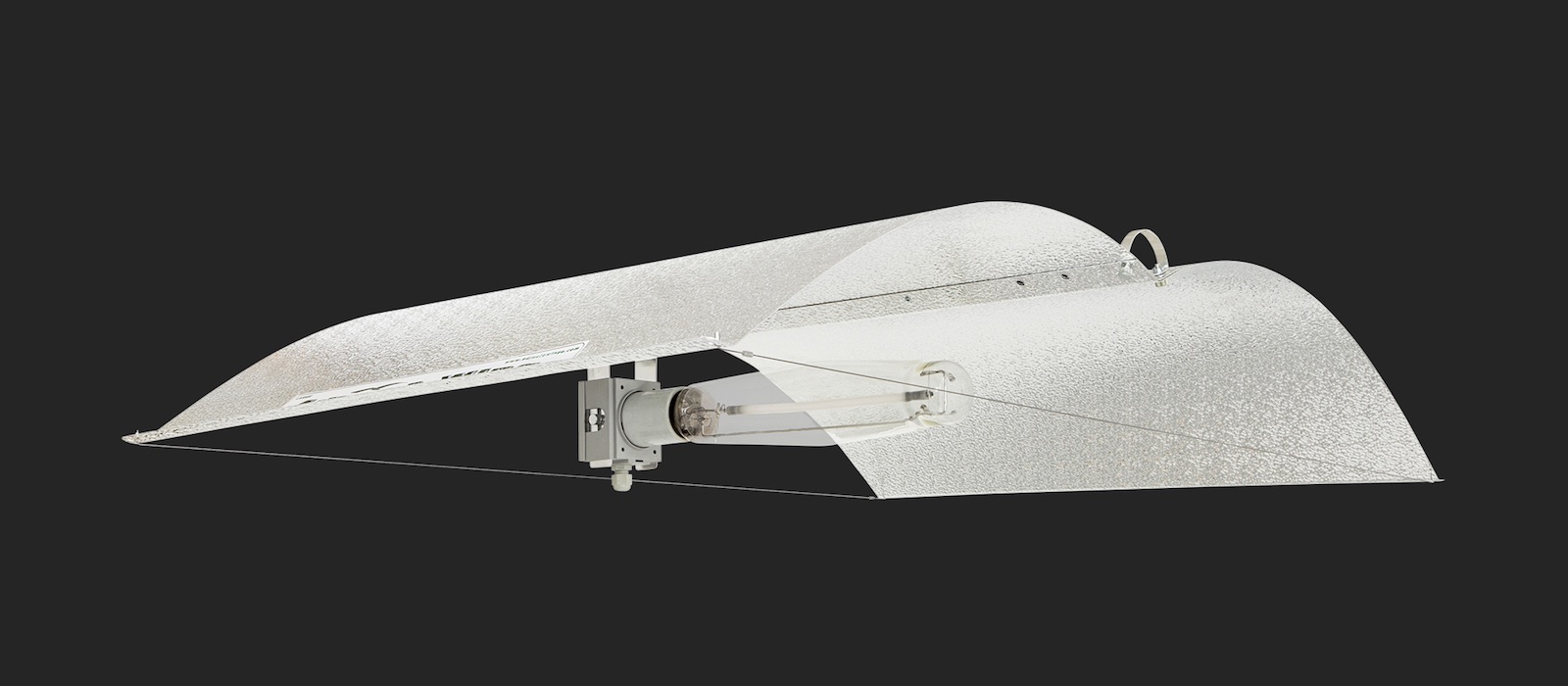
Light is one of the most important factors for the proper growth of plants. For example,without light there is no photosynthesis and the plants will not be able to process the nutrients that represent their food. Of course the best and cheapest source of light is the light emitted by that great lamp that appears in the sky every morning. But if you grow indoors it will be more difficult for you to take advantage of sunlight. Under these circumstances, you will have to use artificial light, and there is a wide variety of options, with suitable lamps for each growing situation.
Lamps for indoor growing are a great alternative to the sun and there are strategies to increase their efficiency. Bear in mind that, by its very nature, light travels freely and expands in all directions. As a result an important part of the energy is lost without being used for the benefit of your crop. Reflectors allow you to make the most of all the light.
The rebounding of the photons
With the use of reflectors you will achieve better development and a more abundant production of your plants. This piece of equipment is based on the effect it has on photons. These light particles travel in a straight line. When they collide with an object, they bounce off in different directions and with varying degrees of intensity, depending on the characteristics of the surface. Using reflectors, you can control this transit of photons and direct them where you most want them to go.
There are three types of reflection, depending on the type of surface:
- If the surface is very irregular and unpolished, the reflection will be sparse and scattered, so you will not gain any benefit from it.
- If the surface is polished, the photons will bounce cleanly off it and their effect will be multiplied.
- If the surface is dotted with dimples, however, they will bounce in many directions. The last two options are the ones that you should adopt for your crop.
To enhance their effect, it is important to have a reflection coefficient as high as possible. This term is used to indicate the amount of light energy that is lost as heat when the photons hit the surface of your reflector. But to choose the most suitable reflector for your crop, you must also take into account other factors. For example, the uniformity of the reflection it produces. The more evenly this is distributed over the area occupied by the plant, the better the results will be.
It is important to avoid the concentration of light and heat in a small area or create intensity differences between different points. If this happens, you may have to move the plant away so that it is not damaged by excessive heat; but, at the same time, it will mean that the rest do not receive light of the appropriate intensity.
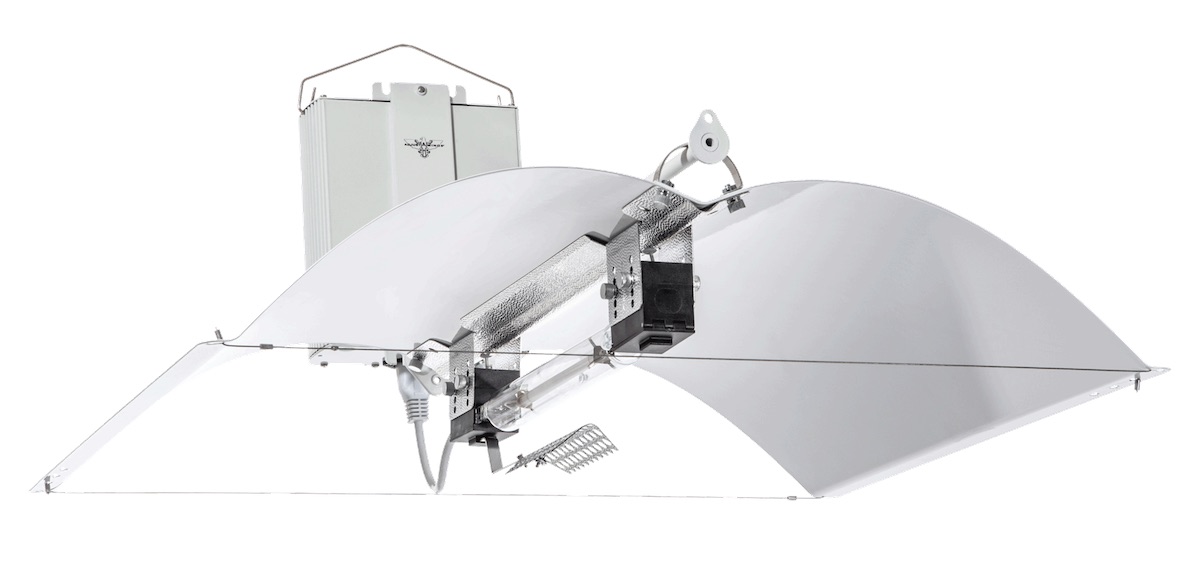 Lighting reflector kits
Lighting reflector kits
One type of reflector that is widely used is the type that is placed next to the lighting kit, such as those of the Adjust-A-Wings brand, which have a transparent film that protects the aluminium of which they are made. This guarantees an almost perfect reflection of 97%. Their design also makes it possible to regulate the opening of the wings depending on the particular requirements, so that the light can be focused or its range increased. And they include a Spreader that reduces heat diffusion, which allows the bulb to be close to the plant.
Other options of this type are:
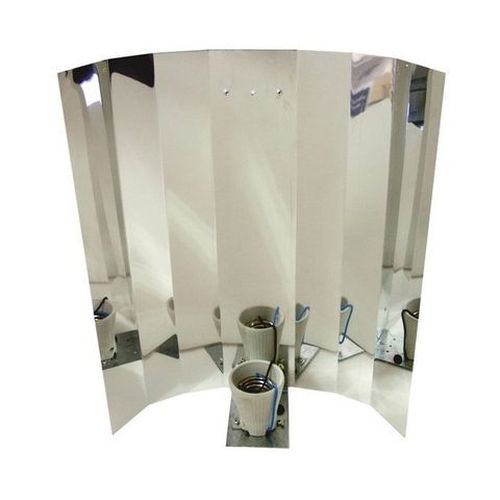
- The smooth sheet metal reflector
This is one of the most efficient and cheapest reflectors on the market, although some growers use them to aid the production of large crops, for specific areas that are poorly lit. Depending on its structure, it can cover a growing area of up to 1.2 m2 with a 600 Watt bulb that has to be fitted in the built-in casing.
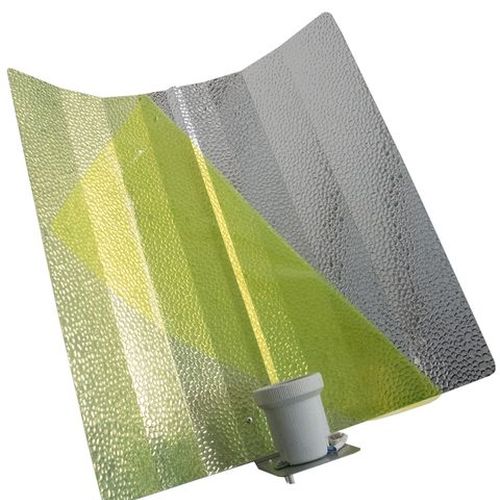
- The Stucco aluminium reflector
With a design similar to the previous reflector, the Stucco reflector by Hortigarden has been designed with the purpose of maximising the use of light in the growing area. To achieve this, it is made of aluminium with a granulated finish that helps reduce heat and prevent the temperature of the area from rising.
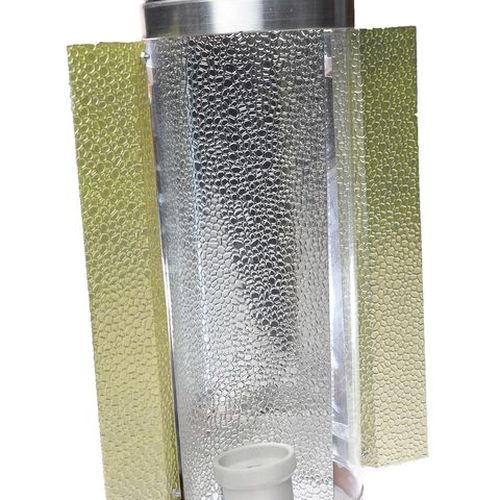
- Glass tube reflectors
This type of reflector is one of the most successful on the market. Also known as the Cooltube from the name of the brand that produces them, it is a reflector with a hermetic glass tube that efficiently isolates the heat produced by the bulb. In this way it makes it possible to keep the temperature of your crop stable without you having to worry about the heat produced by the light.
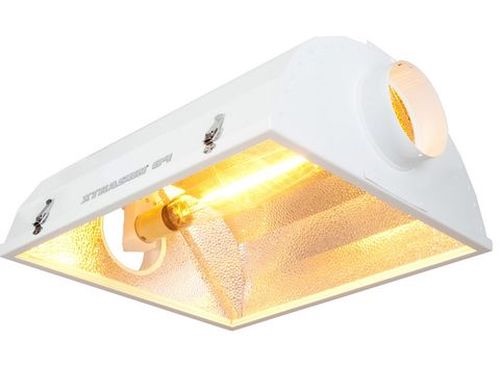
- Other reflectors producing good results
There are also other alternatives, such as the Northstart reflector, which is similar in manufacturing quality to the more basic Adjust-A-Wings. However, as a special feature, this product has an upper opening for the evacuation of the heat generated by the bulb. Another model is the Xtrasun reflector, which incorporates a self-ventilating system. This involves providing both sides of the apparatus with a slot that allows the adjustment of a ventilation system by means of a cooling duct.
The secret is in the material
As we have seen in these models of reflectors for lamps, one of the most important factors is the choice of the material that will act as a reflector. In this regard, you also have many options from which to choose your preferred reflective material for covering a room or cabinet.
One of the most frequently used is Mylar paper. Its popularity is based on its high reflective capacity, since it can reflect up to 97% of the light. It consists of a polyester film with a variable thickness, which is usually between 1 mm and 2 mm, making it very light and strong. It produces radiant heat, and it is therefore necessary to have adequate ventilation to prevent the grow room from becoming too hot. A drawback is the difficulty involved in cleaning.
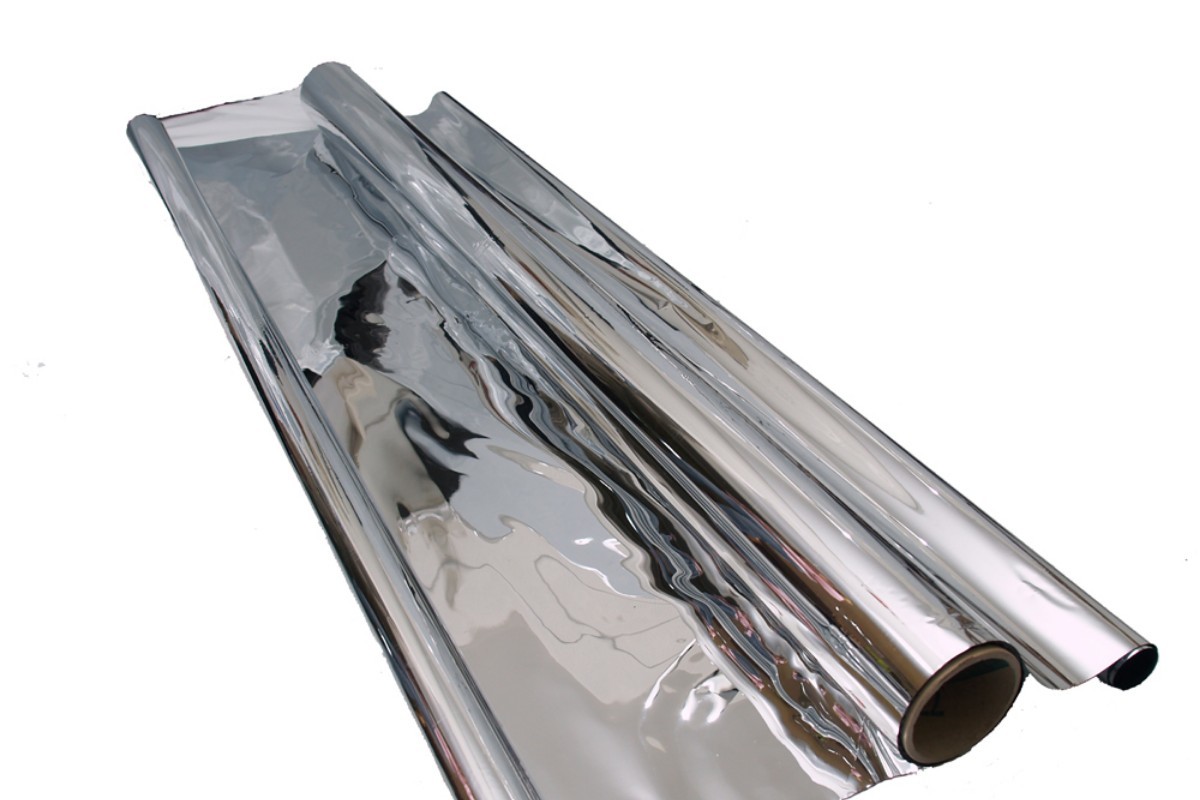
A second possibility that is currently gaining followers is a material that is known as Orca grow film. Its name comes from its similarity to the skin of the orca, or killer whale: a very bright and luminous white. It is made of high density reflective plastic threads, joined together to create a compact and homogeneous surface.
The company that has given it this name claim that the reflectivity of this material is stable at around 94% and that it is currently the surface that offers the best performance for indoor growing. Its features include being easily washable with water and common household cleaners. It is also resistant to mould.
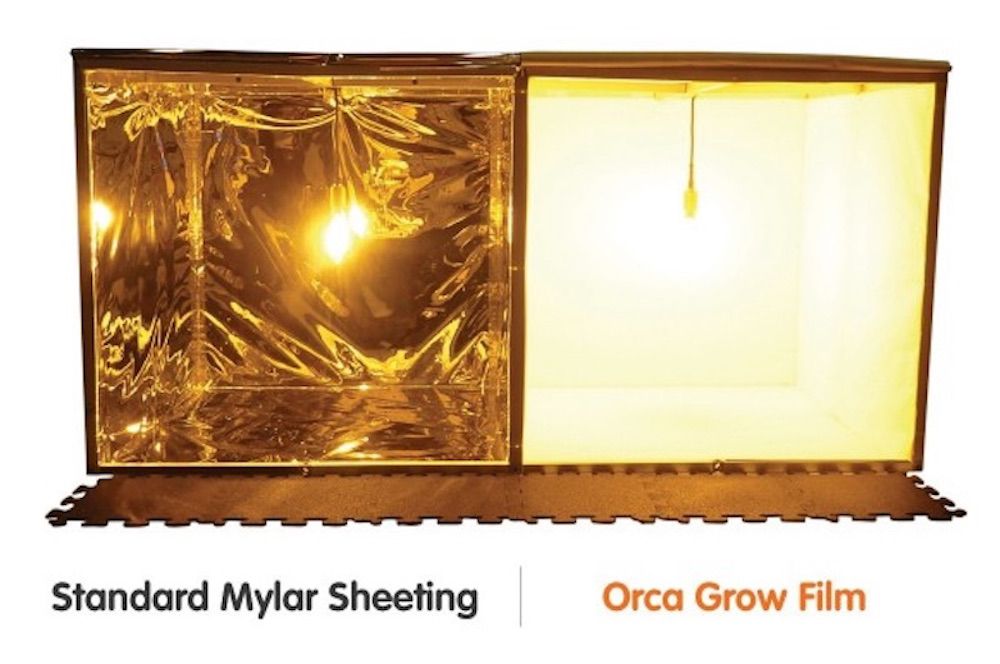
Other alternatives
If none of these popular options convinces you, you have other useful, although perhaps more rudimentary alternatives. Some cannabis growers simply rely on the use of white paint on the walls that surround the plants. The reflectivity is somewhat lower – between 85 and 95% – provided the walls are suitable. And of course the cost is lower, and cleaning and maintenance are easier than with other options.
The black and white polymer, also known as Panda Plastic because it has the same colours as the famous animal, has a reflective capacity similar to that of paint. If you choose this option, it is best if it is thick, for greater durability. And you must be careful, as it can produce extreme heat that stresses the plant.
A third alternative that may seem like a great idea to many people is to use a mirror. It is obvious that few materials reflect better, so in principle it might seem that it is a viable option. If you have decided to go for this option we regret to say that this is not the case and that you will be making a big mistake. In fact, mirrors tend to concentrate the heat in a specific point, so you could both damage the plant and distribute light and heat in an inefficient way.
As you can see, there are many factors to take into account to ensure that your marijuana crop uses light in the most efficient way possible. Reflectors will help you a great deal. You just have to choose the one that best suits your particular circumstances.



Comments from our readers
There are no comments yet. Would you like to be the first?
Leave a comment!Did you like this post?
Your opinion about our seeds is very important to us and can help other users a lot (your email address won't be made public).